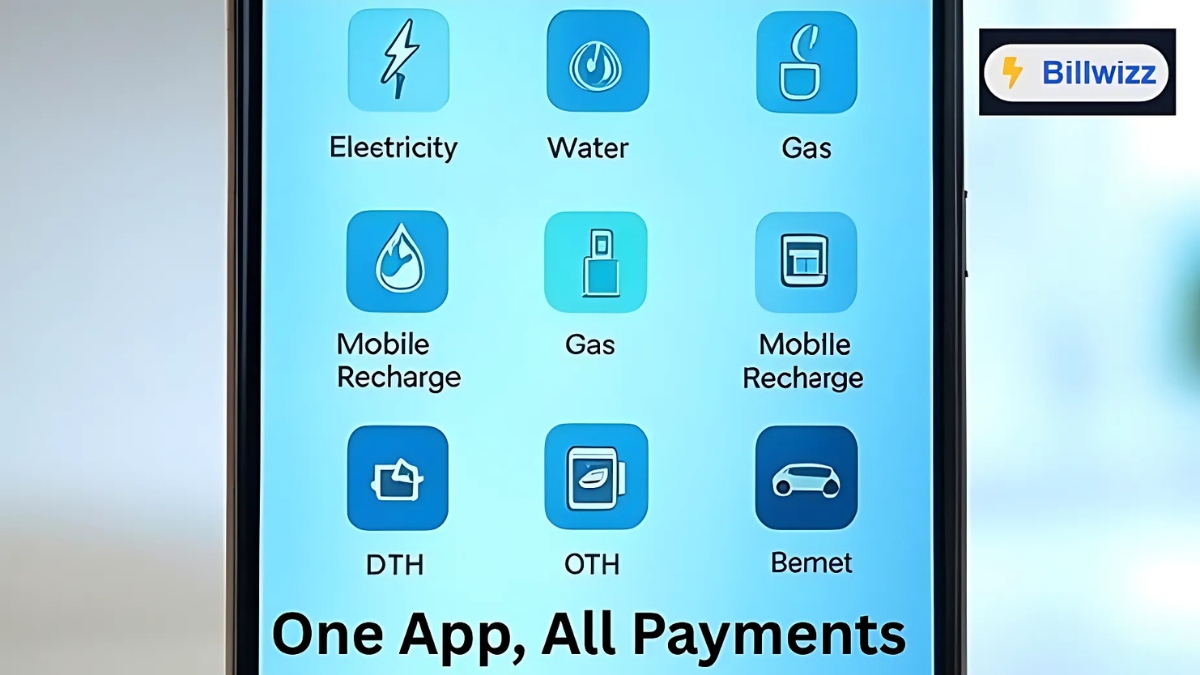Nike Vaporfly 3’s evolution as a matured running shoe doesn’t sacrifice speed

Two years, but it felt much longer. That is the time gap, leading up to the Nike Vaporfly 3 as the successor to the Nike Vaporfly Next% 2 running shoes. Those were, arguably, the best in the business at that time. It is understandable Nike have taken this long to finalise the next generation – wouldn’t have been easy, to surpass those efforts. As it is with the Vaporfly 3, the approach is one of incremental improvements. But as we assess all these subtle changes, they collectively feel something significant.
What hasn’t at all changed is the positioning, as the flagship running shoe. The Nike Vaporfly 3 is priced at ₹20,695 which is the same territory as its predecessor. Its direct competitors would include the Adidas Adizero Adios Pro 3.0 (around ₹24,990) and the Asics Metaspeed Sky+ (around ₹21,999). That also means what’s not changed is the appeal, and that’ll matter to those who need the most cutting-edge running shoe possible, to shave off a few seconds from their lap times.
Also Read: Does tech help Nike Air Zoom Alphafly NEXT% set a new racing shoe benchmark?
The first change you’ll notice, if you’ve used the Vaporfly Next% 2, is the different upper construction. Replacing the mesh structure is the Flyknit yarn upper. Both are incredibly light, though one could argue the Flyknit construction may be a tad lighter still, but the improvements lie elsewhere – more padding on the underside which gives the feet a soft ceiling and the attempts at a sock-like fit give the foot a smidgen more support during runs.
The Nike Vaporfly 3 tips the scales around 184 grams – the predecessor weighed 195 grams in the same spec. For a running shoe, as perhaps with smartphones and tablets, chiseling out a few grams makes a world of difference with usability. In this case, a lighter shoe means less strain on the feet, particularly for longer duration runs.
Nike’s gone with multi-tone colourways, which look quite attractive. Even the grey and white combo has its visual appeal amidst the understated looks. That said, our suspicion is most users would prefer the orange or hyper pink colourways, for a shoe that stands out more.
This is still a high stack running shoe, but less of a ‘rocker’ design compared with the Vaporfly 2. The core of this midsole hasn’t changed – the full-length carbon fiber Flyplate and ZoomX midsole foam. Nike confirms to us that the composition of the foam remains the same too, which means energy response as well as cushioning will be largely the same, only variables being the changes with the outsole which we’ll now touch upon.
What you’ll need to get used to is the waffle pattern rubber outsole layer under the forefoot. Yes, the shoe is quieter to run with on harder surfaces than the ribbed pattern rubber from the Vaporfly 2. At the same time, the midfoot and underside the center of the heel has some exposed ZoomX foam, which if you aren’t careful on rough surfaces, can get scuffed easily.
Interesting changes for grip and ergonomics, but questions remain about the longevity and durability of it all. Time will hold the answer. Though you’ll notice more grip, which is great to have on variable surfaces.
In our opinion, the weight reduction we’d mentioned earlier doesn’t necessarily make the Nike Vaporfly 3 faster than the Vaporfly 2. In fact, we believe Nike has used that buffer to factor in more comfort and cushioning. As well as flexibility. For instance, the Vaporfly 3 has a flatter (and it looks like there’s more contact area too) outsole, and that’s provides you with more rubber to work with during direction changes.
Nike hasn’t made any changes to the carbon plate or the ZoomX foam. There is very subtle energy return as you run (think of this as the push back tipping you forward upon foot strike). Some runners would prefer a bit more propulsion during running, but if you already are used to the Nike Vaporfly 2, the Vaporfly 3 isn’t posing a learning curve either way.
It is easy to brush aside the Nike Vaporfly 3 as a minor upgrade over the Vaporfly 2, but they subtle changes add up. What certainly hasn’t changed is the Vaporfly 3 carrying forward the tradition of being a lean and mean (and fast) running shoe. It seems to have widened the appeal too, as not just a lightweight and fast running shoe for races, but one that’s more comfortable for longer duration marathons too.
Perhaps that is why the Vaporfly 3 hasn’t deployed a more prominent propulsion response. Is this the broader spectrum running shoe version of what the powerful, mile crunching grand tourers (GTs) are for cars?

Atul Tiwari is a seasoned journalist at Mumbai Times, specializing in city news, culture, and human-interest stories. With a knack for uncovering compelling narratives, Atul brings Mumbai’s vibrant spirit to life through his writing.






